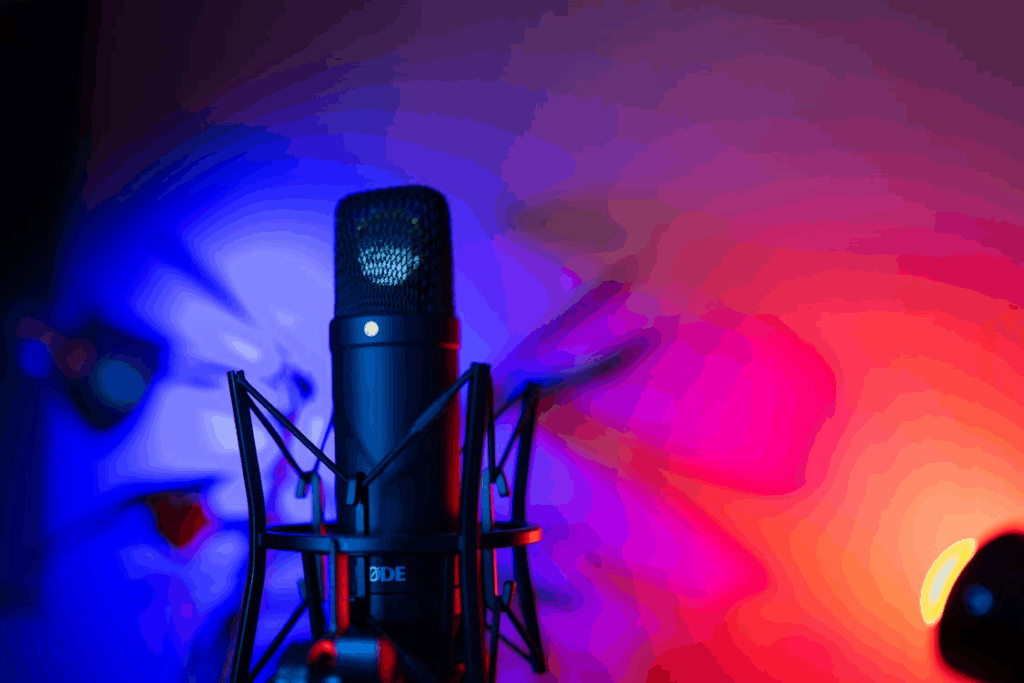In an age of instant messages and fleeting notifications, handwritten letters stand apart as something deeply human. They take time, effort, and thought, which are three things modern communication often sacrifices for speed.
Letter writing may seem outdated, but it remains one of the most potent ways to connect, reflect, and express emotion with authenticity.
Letters slow life down. They remind us that genuine connection isn’t measured by how quickly we respond, but by how deeply we care.
The Emotional Power of a Handwritten Letter
Unlike a text or email, a letter carries physical presence. You can hold it, reread it, and even recognize someone by their handwriting. Studies show that writing by hand activates parts of the brain linked to memory and emotional processing more strongly than typing.
A letter isn’t just words. It’s a powerful statement of intention. Taking time to write one communicates value and presence. The recipient feels seen and appreciated, not as part of a group thread, but as an individual. This tangibility creates emotional depth that digital messages rarely replicate.
Letters also age beautifully. They become artifacts of love, friendship, or history, as well as something to rediscover years later, reminding you of who you were and what mattered most.
Check out The Psychology of Nostalgia Marketing to understand how memory and meaning intertwine.
Why Letters Still Matter in a Digital World
Fast communication has its place, but it often lacks permanence. Messages disappear, emotions get lost in translation, and emojis replace nuance. Letter writing, by contrast, demands attention. It encourages thoughtfulness and emotional precision, and forces you to pause long enough to consider what you truly mean.
Psychologists note that letter writing can strengthen empathy. When you compose a letter, you naturally take the other person’s perspective—imagining their reaction, anticipating their feelings, and choosing words with care. This mindful form of communication fosters emotional intelligence and deeper relationships.
Even professionally, a well-written note can make a lasting impression. Thank-you letters, for instance, convey sincerity that no automated message can match.
If you want a complementary habit that sharpens clarity, try Journaling for Clarity and Creativity.
How to Bring Back the Habit
Reviving the art of letter writing doesn’t mean abandoning technology. It means adding a more meaningful option to your communication toolkit. Try starting small:
- Write one letter a month. Send it to a friend, family member, or mentor who’s impacted you.
- Use beautiful stationery or recycled paper. The tactile quality enhances the ritual.
- Be personal, not perfect. Authenticity matters more than flawless handwriting or phrasing.
- Write to yourself. Letters can serve as time capsules—messages to your future self full of goals, lessons, and gratitude.
You can even combine analog and digital by snapping a photo of your letter to keep a record before mailing it. The act itself remains what’s transformative.
If you love tactile pursuits, don’t miss The Comeback of Analog Hobbies.
The Deeper Message Behind the Gesture
When you write a letter, you give someone your full attention—something increasingly rare and precious. You say, “You’re worth my time.” That’s why handwritten correspondence continues to feel magical in a fast-moving world.
The lost art of letter writing reminds us that slowing down isn’t a step backward; it’s a step forward. It’s a return to depth, presence, and genuine human connection.




